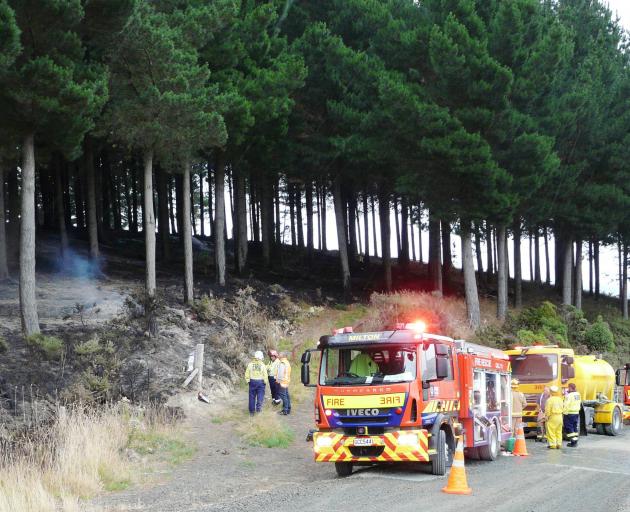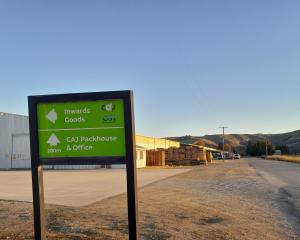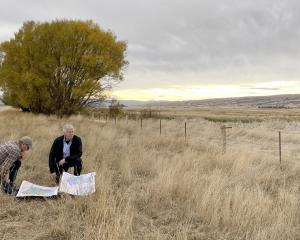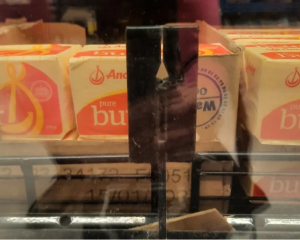
Port Otago chairman Dave Faulkner told 100% owner the Otago Regional Council yesterday, the trading period was impacted by the agricultural ''grass curve'', of a very wet spring affecting growth and production, followed by hot summer conditions, influencing meat and log exports.
''A 'satisfactory' result means it was not as good as we would have liked; exports were lower but we expect to catch up in the second half,'' Mr Faulkner told councillors yesterday.
Despite the flat result, the interim dividend to the ORC rose from $3.5 million a year ago to $3.6 million.
For the six months to December, Port Otago group revenue was down from $52.3 million a year ago to $44.3 million and profit declined from $10.3 million to $8.3 million.
There were several issues during the period, being a slower start to the container season, lower volumes of export logs, overall 9% less imports and exports and less of a contribution from subsidiary Chalmers Properties land sales, down from $8.8 million to $384,000.
''The second half of the year will be stronger from the dairy, meat and apples to come through,'' Mr Faulkner said.
He said investment property rentals had increased by 4% to $6.8 million.
He highlighted more Hamilton land sales on 8.4ha were coming to fruition and hoped payments of $30 million would be ''triggered'' before the end of the financial year, in June.
Also, there was 3.3ha of pre-sold land expected to be settled in 2019-20.
Chalmers Properties land in Dunedin had fallen to below 50% to 47% of its entire portfolio.
Cr Michael Laws asked if that meant Port Otago had lost confidence in Dunedin property.
Mr Faulkner said ''No'', it was that long-term lessees who wanted to redevelop their properties had purchased land from Chalmers Properties.
Profits from land sales would not necessarily be reinvested back into Dunedin, but across the subsidiary's entire portfolio, Mr Faulkner said.
Cr Ella Lawton asked, given noise complaints and other issues the community faced, whether there were any ''limits to growth'' or point at which Port Otago would ''call it quits for the sake of the community''.
Mr Faulkner said there was already a growth restraint in place.
''It's geophysical, we're restricted by what [land] is there,'' he said.
Mr Faulkner said he expected cargo volumes would would recover in the second half, to slightly higher than last year, but cautioned that depended on the ''grass curve'' and weather conditions for the primary sector.
Ships calling for the six months edged beyond 250, including 100 container ships, 43 cruise ships and the balance in an increasing number of bulk cargo ships.
While exports and imports on average were down 9% each, the transhipment of containers at Port Chalmers, ship-to-ship, was up 39%, from 12,000 to 17,000.












